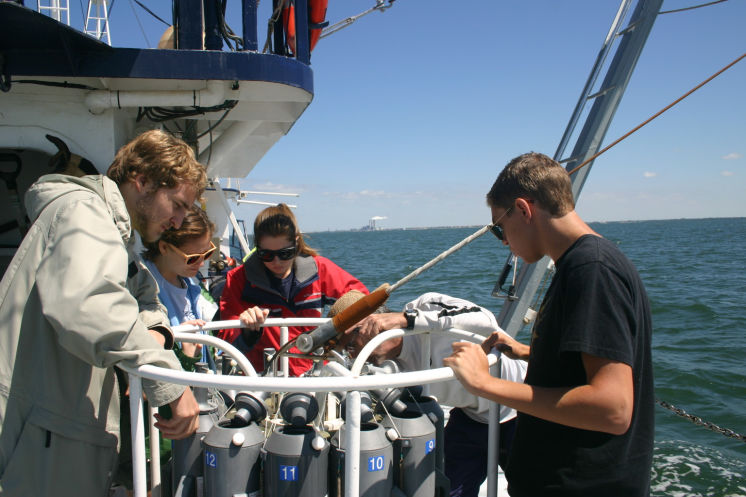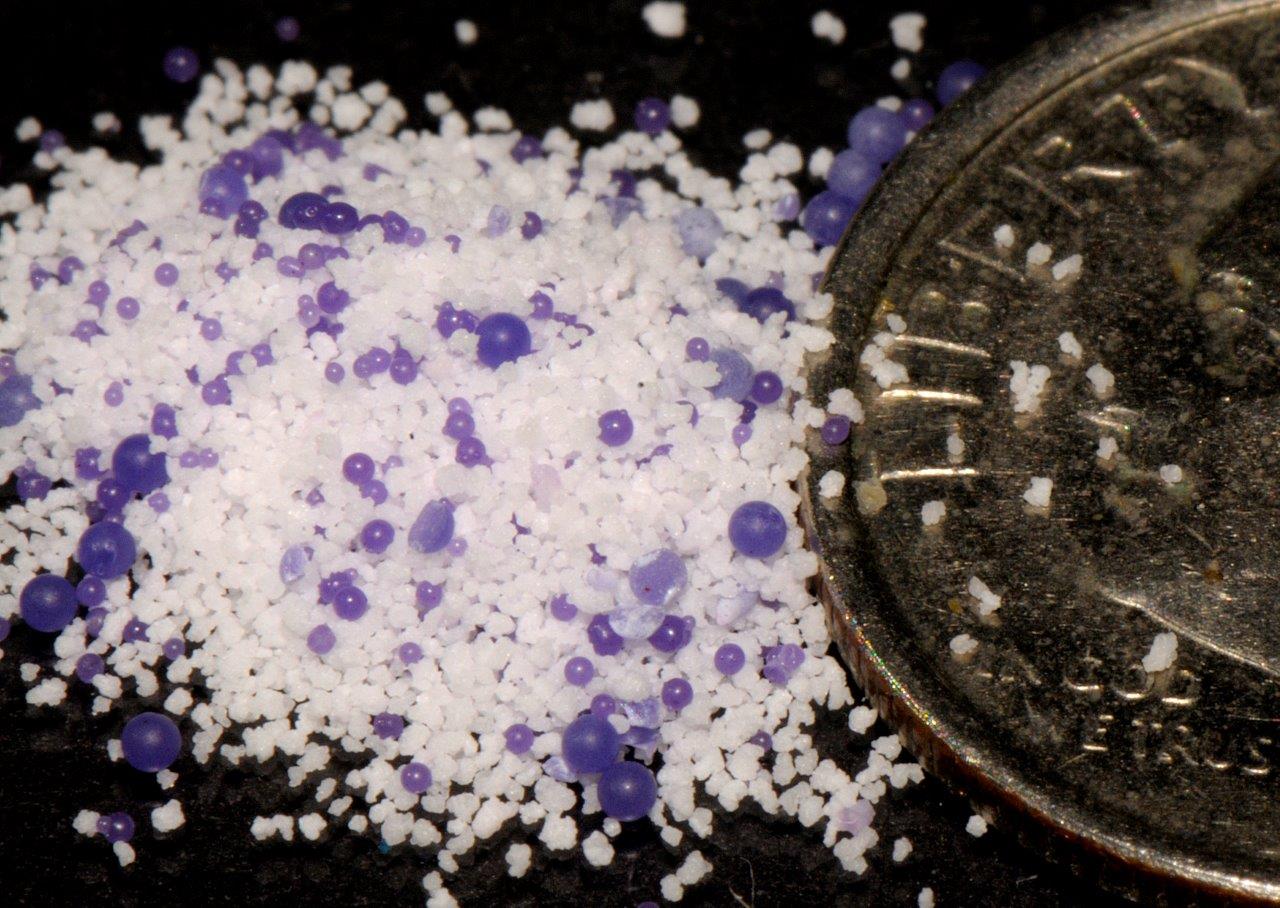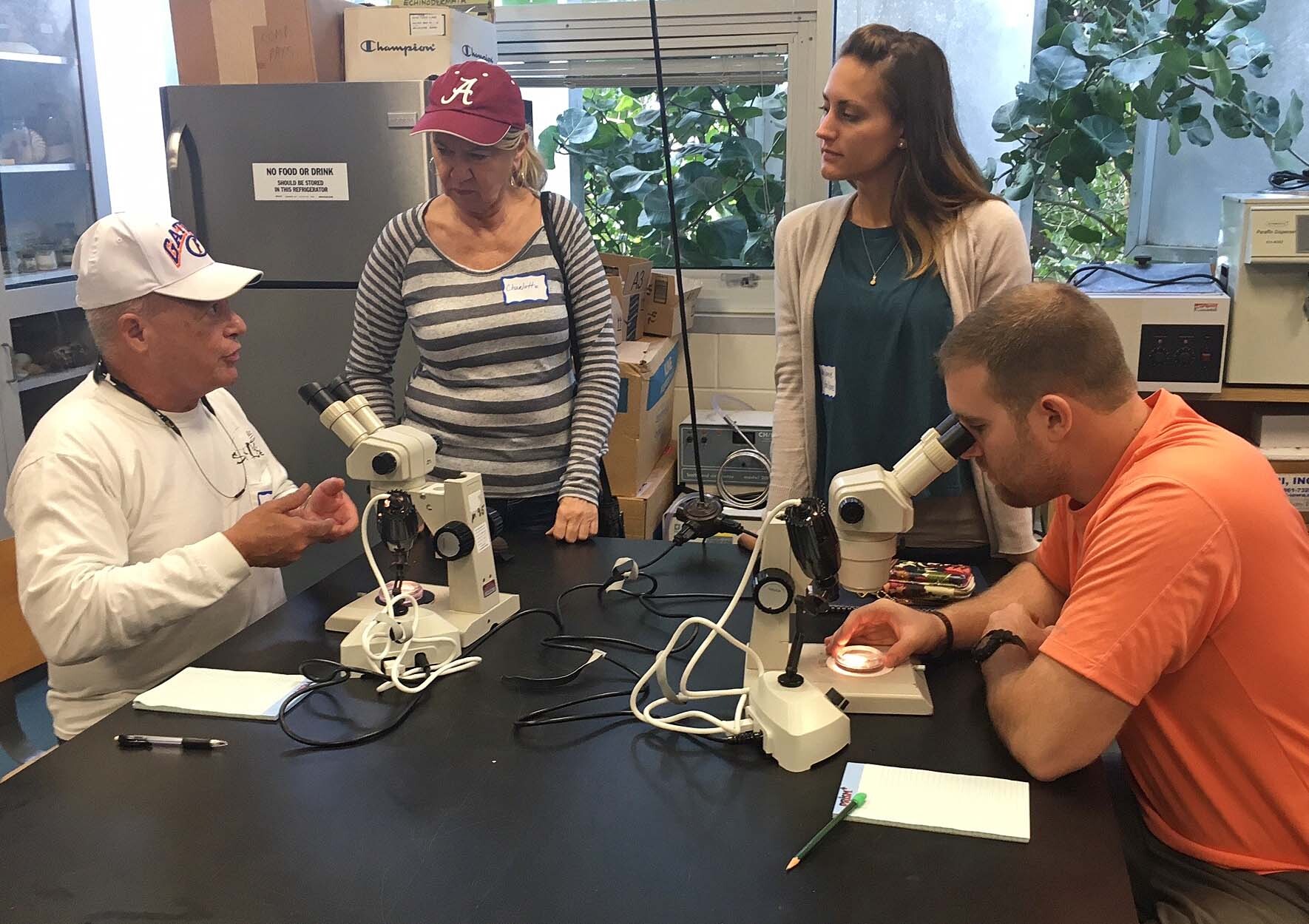COC-4
Identify and understand emerging contaminants
OBJECTIVES:
Identify sources and understand impacts of contaminants found in pharmaceuticals, personal care products and microplastics. Promote education to reduce pollution from microplastics and emerging contaminants.
STATUS:
New Action
BACKGROUND:
Aquatic environments are the ultimate reservoirs for many man-made chemical contaminants. The toxicity of pesticides and industrial chemicals, such as DDT, chlordane, dieldrin and PCBs, is well documented and their use banned or discontinued decades ago. Nevertheless, they persist in aquatic sediments and bioaccumulate in fish and wildlife in Tampa Bay (see Action COC-1).

The presence and potential effects of synthetic or natural endocrine or hormone disruptors is an emerging concern for fish and wildlife, as well as human health in Tampa Bay. Endocrine disrupting compounds (EDCs) mimic the functions of natural hormones, affecting growth, reproduction and development in aquatic organisms, especially fish. They include polybrominated diphenyl ethers (PBDEs — used as a flame retardant in clothing, furniture and electronics), perfluorinated and polyfluoroalkyl substances (PFAS), and bisphenol A (BPA — used to make plastic), which can be acutely toxic to fish and wildlife. Even at low levels these compounds can disrupt hormonal systems over time. Another class of EDCs comes from ethinyl estradiol — a synthetic estrogen used in oral contraceptives — which has been found in aquatic environments downstream of wastewater treatment plants. EDCs are also found in pesticides, insecticides and fungicides.
Additionally, a wide variety of pharmaceuticals and personal care products (PPCPs) — including lotions, shampoos, sunscreens, perfumes and cosmetics — contain constituents such as phthalates, parabens, glycol ethers, ultraviolet (UV) filters, polycyclic musks and antimicrobials, that have been linked to adverse endocrine or reproductive effects. Research has documented the presence of these chemical compounds in municipal waste effluent.
Locally, a 2015 University of South Florida study quantified six estrogen-based EDCs in Tampa Bay Area water, sediment, and sewage influent and effluent (Cook 2015). All targeted EDCs were present in 89% of sewage from sewer plant discharge samples, while 100% of the samples contained at least one or more EDCs. The concentrations of EDCs in water and sediment samples tended to decrease with increasing distance from the wastewater treatment plant discharge site. At present, however, there is great uncertainty surrounding actionable levels of EDCs, and current toxicity testing required of chemical products does not evaluate endocrine-disrupting effects.
A 2022 study quantified per- and polyfluoroalkyl substances (PFAS) in sediments and fish of Tampa Bay and found levels exceeding concentration thresholds for minimum risk levels (Pulster et al. 2022). In a 2023 redfish pharmaceuticals contamination study across nine Florida estuaries conducted by Bonefish Tarpon Trust and FIU, researchers detected 17 unique pharmaceuticals in fish blood plasma. Tampa Bay redfish had on average three different pharmaceuticals, the second highest occurrence in the state. As wastewater infrastructure is updated and upgraded (see WW-5), research is needed to assess the efficacy of various wastewater treatment technologies at removing these contaminants prior to discharge or reuse and to evaluate the ecological and human health implications of indirect reuse to augment groundwater or surface water supplies in the Tampa Bay area.
Microplastics are another emerging contaminant of concern in Tampa Bay. Generally between 1-5 millimeters in size, microplastics are small plastic particles usually derived from the breakdown of larger plastic marine debris. Another source is from the direct manufacture of microbeads, such as those found in cleansers and cosmetics. A 2015 Federal Law bans the addition of microbeads in rinse-off cosmetics by July 2017. In Tampa Bay, plastic fragments, including from tire wear, are the most common type of plastic particles (Gowans and Suida 2020). Microbeads and fibers are often too small to be filtered out by most wastewater treatment systems, and are released into the environment with treated wastewater.

Slow to break down, plastics persist in surface waters and throughout the water column and can become incorporated into organisms and sediments. Fibers can also absorb chemical contaminants and become laden with toxins. Microplastics have been found embedded in the tissue of worms, crustaceans, sea cucumbers and fish through ingestion or respiration and can accumulate in the stomachs of predators. Thus, fish and wildlife can be harmed by physical blockage or damage to the digestive tract, leaching of plastic chemical components into tissues and ingestion and accumulation of toxins adsorbed to the plastic (such as metals, PCBs and PBDEs).
90% of coastal water samples in Florida contain at least one piece of plastic.
Research on the presence of microplastics in Tampa Bay shows an abundance of plastic fragments, with highest concentrations found in Old Tampa Bay and Lower Tampa Bay, near Egmont Key. A TBERF-funded project with Eckerd College standardized methods for collecting, identifying and quantifying microplastics in the environment with specific findings on the abundance, distribution, and ecological interactions of microplastics in Tampa Bay (Gowans and Suida 2020). More information is needed to better understand how microplastics enter waterways, how they are distributed, and what impacts they may have on aquatic organisms.
Microplastics could be sampled as part of monthly water quality sampling for Tampa Bay conducted by the Environmental Protection Commission of Hillsborough County (EPCHC). Fish tissue samples could be collected to evaluate the presence, types and ecological impacts of microplastics as part of fisheries-independent sampling conducted by the Florida Fish and Wildlife Conservation Commission (FWC) (see Action FW-5).

The statewide Florida Microplastic Awareness Project, funded by a 2015 NOAA Marine Debris Grant, seeks to train citizen scientists to collect and analyze water samples for microplastics. An important goal of this project is to increase public awareness of how plastics in local waterways are connected to human sources. The program also includes an online pledge for actions that can reduce plastic marine debris. Training workshops using the filtered water sample method were held by Pinellas County UF/IFAS Extension in 2016 and 2017, including training for the UF/IFAS Florida Water Stewardship Program and a Pinellas County-wide workshop on litter. The Florida Aquarium is also a project partner.
With an award of EPA’s Trash Free Waters grant in 2019, TBEP and partners deployed and maintained 12 trash capture devices within the Tampa Bay watershed. At each site, project partners regularly clean out captured trash and record the unique characteristics of the debris. The data will be used to help identify the sources and develop a litter management plan template for Tampa Bay and other Gulf of Mexico estuaries.